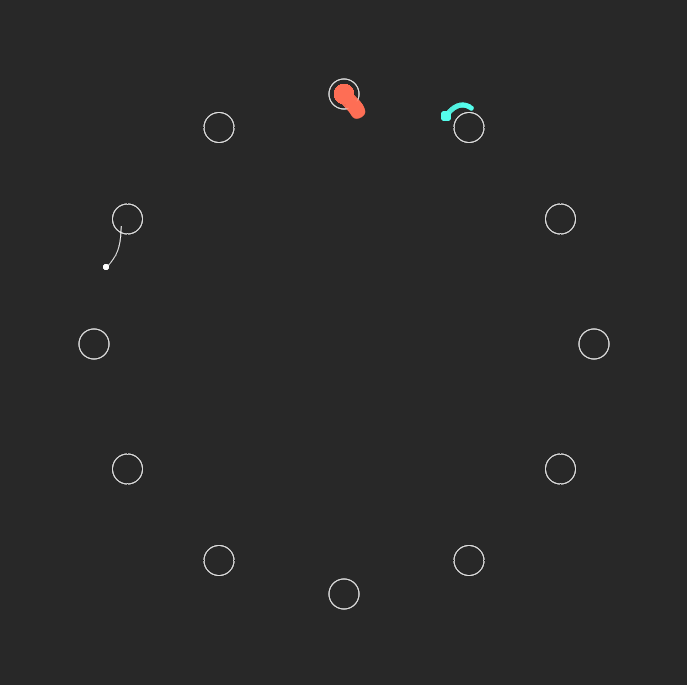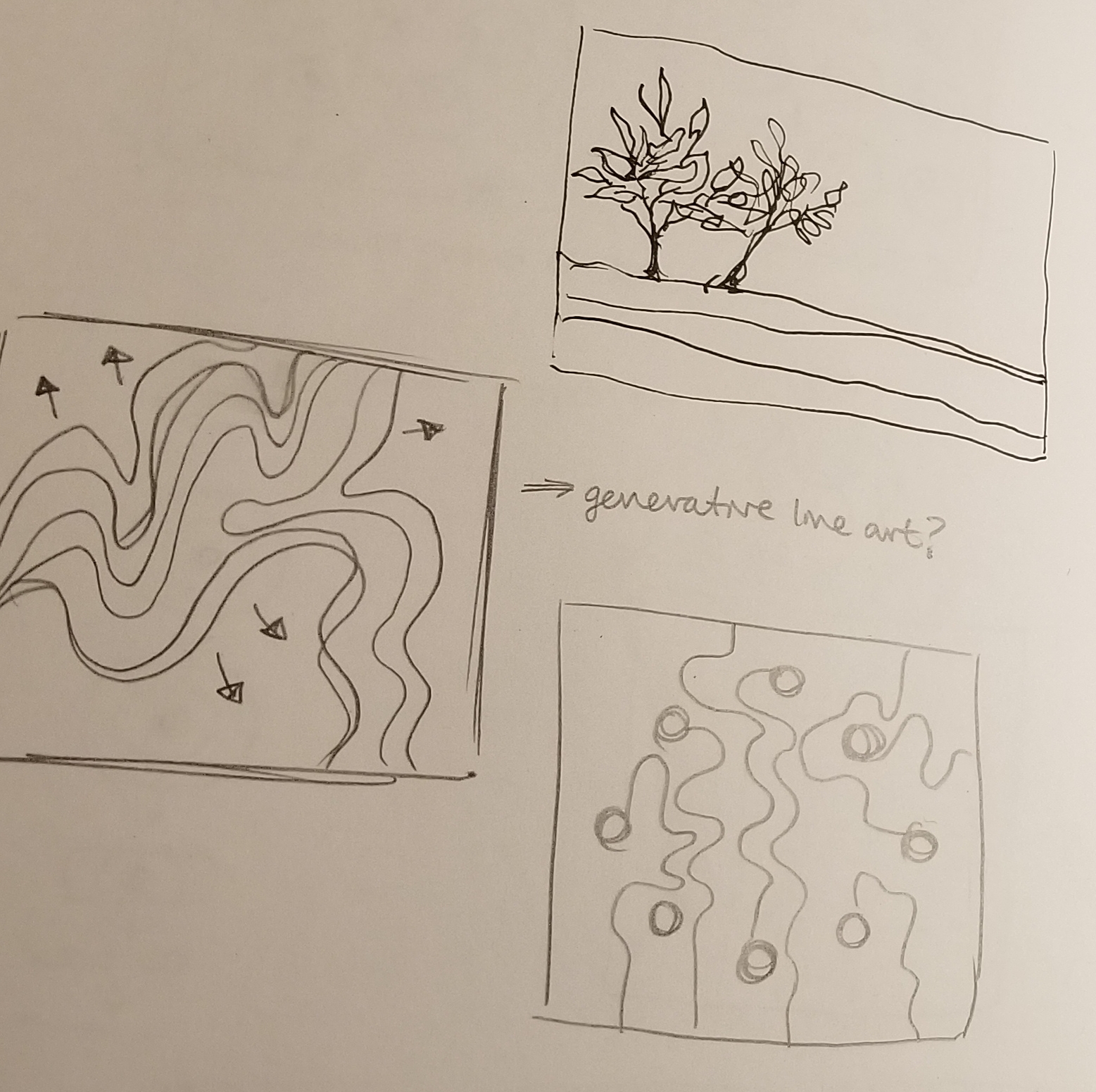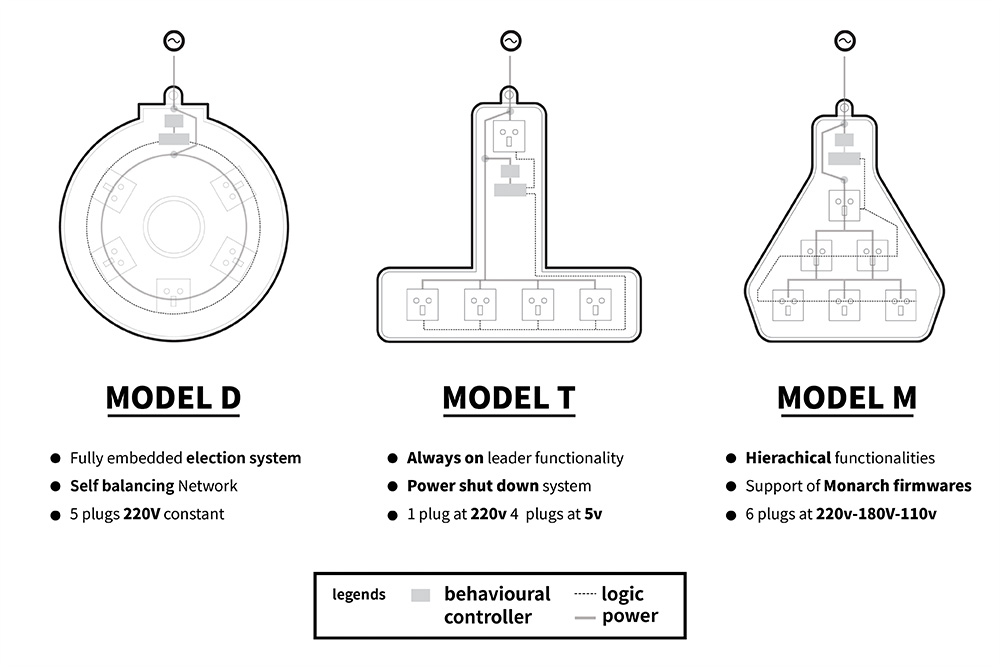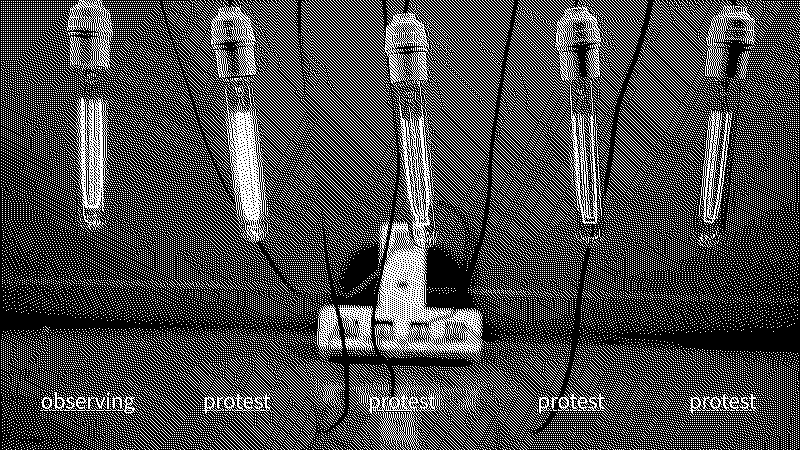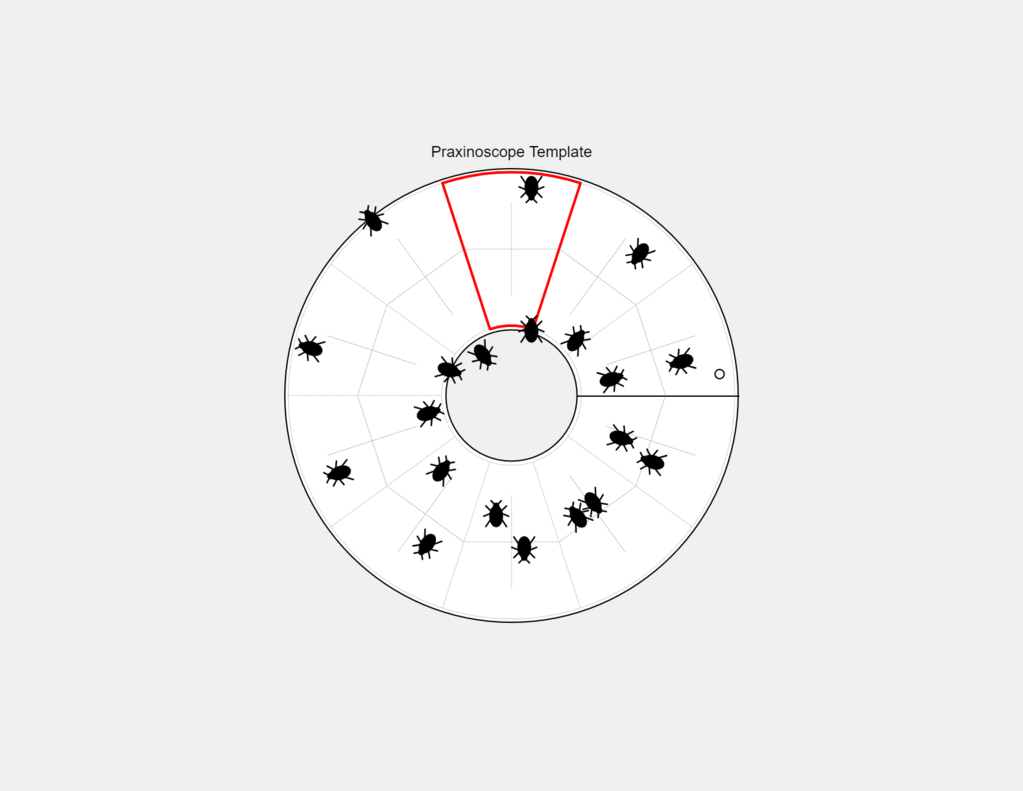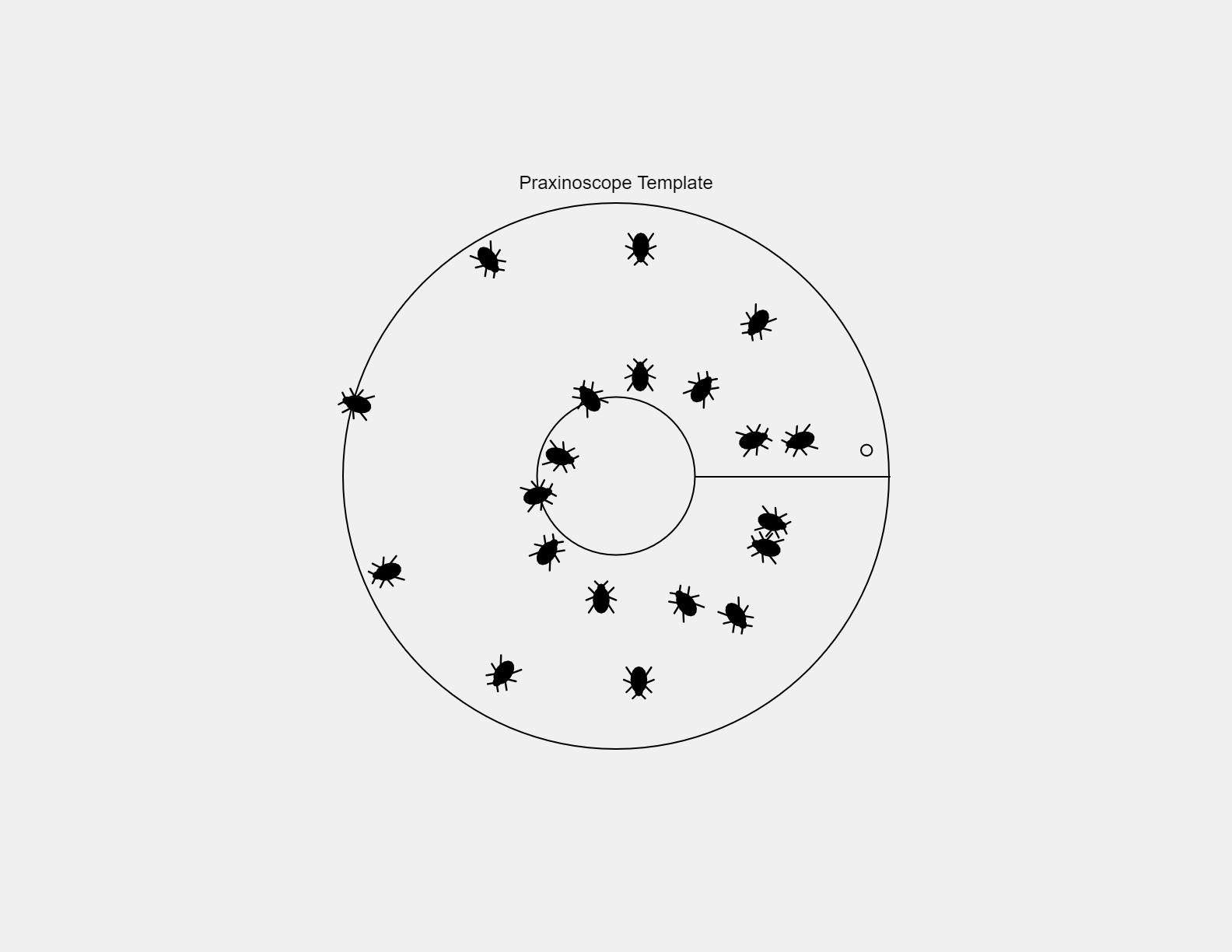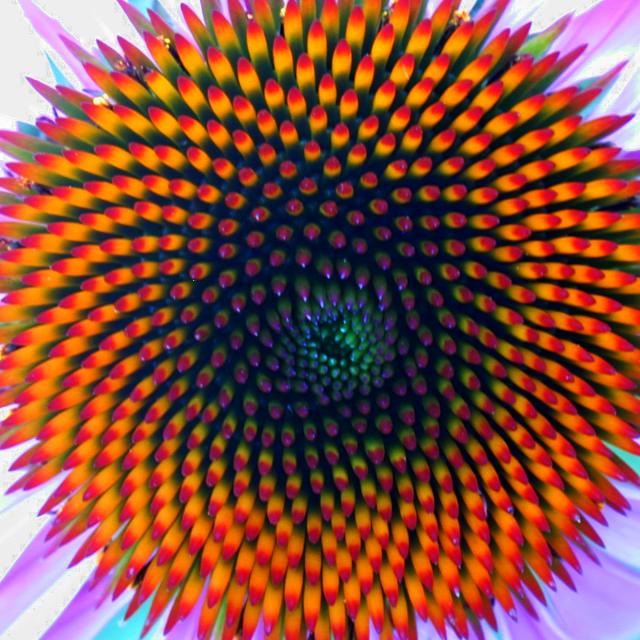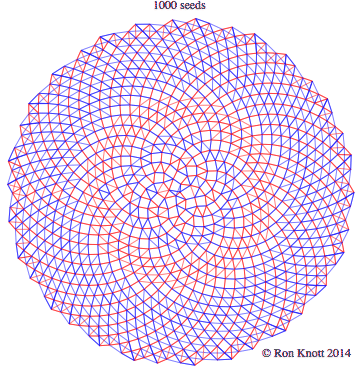function renderMyDesign(percent) {
// here, I set the background
background(255, 147, 140);
smooth();
// coordinates of the fly
var flyx = 0;
var flyy = 0;
var p = map(percent, 0, 1, 0, 3.14);
if(percent >=0 && percent <= 0.3333) { var frac = map(percent, 0, 0.3333, 0, 1); var speed = function_DoubleExponentialOgee(frac, 0.15); p = map(speed, 0, 1, 0, PI/3); } else if(percent > 0.333 && percent <= 0.666)
{
var frac = map(percent, 0.3333, 0.666, 0, 1);
var speed = function_DoubleExponentialOgee(frac, 0.15);
p = map(speed, 0, 1, PI/3, 2*PI/3);
}
else
{
var frac = map(percent, 0.666, 1, 0, 1);
var speed = function_DoubleExponentialOgee(frac, 0.15);
p = map(speed, 0, 1, 2*PI/3, PI);
}
var r = cos(3*(p+PI/2));
var nr = cos(3*(p+0.0157+PI/2));
var jousx = map(r*cos((p+PI/3+PI/2)), -1, 1, 30, 630);
var jousy = map(r*sin((p+PI/3+PI/2)), -1, 1, 30, 630);
var nextx = map(nr*cos((p+0.0157 + PI/3+PI/2)), -1, 1, 30, 630);
var nexty = map(nr*sin((p+0.0157 + PI/3+PI/2)), -1, 1, 30, 630);
var jx = map(jousx, 30, 630, -1, 1);
var jy = map(jousy, 30, 630, -1, 1);
var nx = map(nextx, 30, 630, -1, 1);
var ny = map(nexty, 30, 630, -1, 1);
var direction = atan2((ny - jy), (nx - jx)) + PI/2.2;
flyx = jousx;
flyy = jousy;
//eyeballs!!!
noStroke();
for (var r = 0; r < 5; r++) {
for (var c = 0; c < 4; c++) {
var midx = 0;
var midy = 0;
if (r % 2 == 0) {
midx = 106.66 + c * 213.33;
midy = 160 * r;
} else {
midx = 213.333 * c;
midy = 160 * r
}
//direction of the fly
var fx = map(flyx, 0, width, -1, 1);
var fy = map(flyy, 0, height, -1, 1);
var mx = map(midx, 0, width, -1, 1);
var my = map(midy, 0, height, -1, 1);
var dir = atan2((fy - my), (fx - mx));
var amp = 30;
if (dist(midx, midy, flyx, flyy) <= 30)
amp = dist(midx, midy, flyx, flyy);
//white of eye
fill(244, 244, 233);
ellipse(midx, midy, 130, 130);
push();
translate(midx + amp * cos(dir), midy + amp * sin(dir));
rotate(dir);
//distortion value
var d = constrain(dist(midx, midy, flyx, flyy), 0, 30);
var squish = map(d, 0, 30, 1, 0.9);
//cornea
stroke(20, 114, 80);
strokeWeight(3);
fill(61, 249, 187);
ellipse(0, 0, 70 * squish, 70);
noStroke();
//pupil
fill(19, 20, 45);
ellipse(0, 0, 30 * squish, 30);
pop();
}
}
push();
fill(19, 20, 45);
translate(flyx, flyy);
rotate(direction);
stroke(19, 20, 45);
strokeWeight(1.5);
ellipse(0, 0, 20, 30);
ellipse(0, -15, 16, 10);
line(0, 0, -17, -17);
line(0, 0, 17, -17);
line(-17, -17, -20, -15);
line(17, -17, 20, -15);
line(0, -10, 17, 3);
line(0, -10, -17, 3);
line(17, 3, 20, 6);
line(-17, 3, -20, 6);
line(0, 0, 17, 17);
line(0, 0, -17, 17);
fill(255, 89, 0);
noStroke();
ellipse(6, -17, 6, 8);
ellipse(-6, -17, 6, 8);
fill(160, 255, 223, 150);
beginShape();
vertex(0, -10);
vertex(-15, 0);
vertex(-15, 25);
vertex(-4, 15);
vertex(0, -10);
endShape();
beginShape();
vertex(0, -10);
vertex(15, 0);
vertex(15, 25);
vertex(4, 15);
vertex(0, -10);
endShape();
pop();
}
// Double Exponential Ogee function ('_a' is the slope)
//(it goes fast, slowwww, fast)
// See https://github.com/IDMNYU/p5.js-func/blob/master/lib/p5.func.js
// From: https://idmnyu.github.io/p5.js-func/
//===================================================
function function_DoubleExponentialOgee (x, a){
functionName = "Double-Exponential Ogee";
var min_param_a = 0.0 + Number.EPSILON;
var max_param_a = 1.0 - Number.EPSILON;
a = constrain(a, min_param_a, max_param_a);
var y = 0;
if (x<=0.5){
y = (pow(2.0*x, 1.0-a))/2.0;
}
else {
y = 1.0 - (pow(2.0*(1.0-x), 1.0-a))/2.0;
}
return y;
} |


